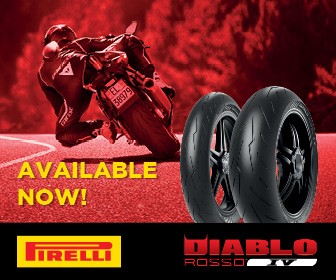Previous Story
LAUNCH ONE OF FOUR NEW DUCATIS
Posted On 23 Feb 2024
Comment: Off

DUCATI SCRAMBLER ICON OLD BRAND, BRAND NEW WORDS THE BEAR PHOTOS FACTORY

“Let me get my reaction out of the way right now: this is simply a terrific bike”
The Bear wears a Lazer helmet, Aviator goggles by Leon Jeantet, MOTORCYCLIST neck tube, RJays Ace hoody jacket, Vietnamese souvenir t-shirt, Lee Parks Design gloves, Drayco Draggin Jeans, Big W socks, Alpine Star boots and his only pair of Zegna undies. We have standards…






